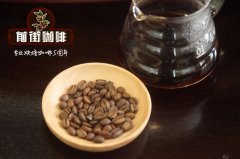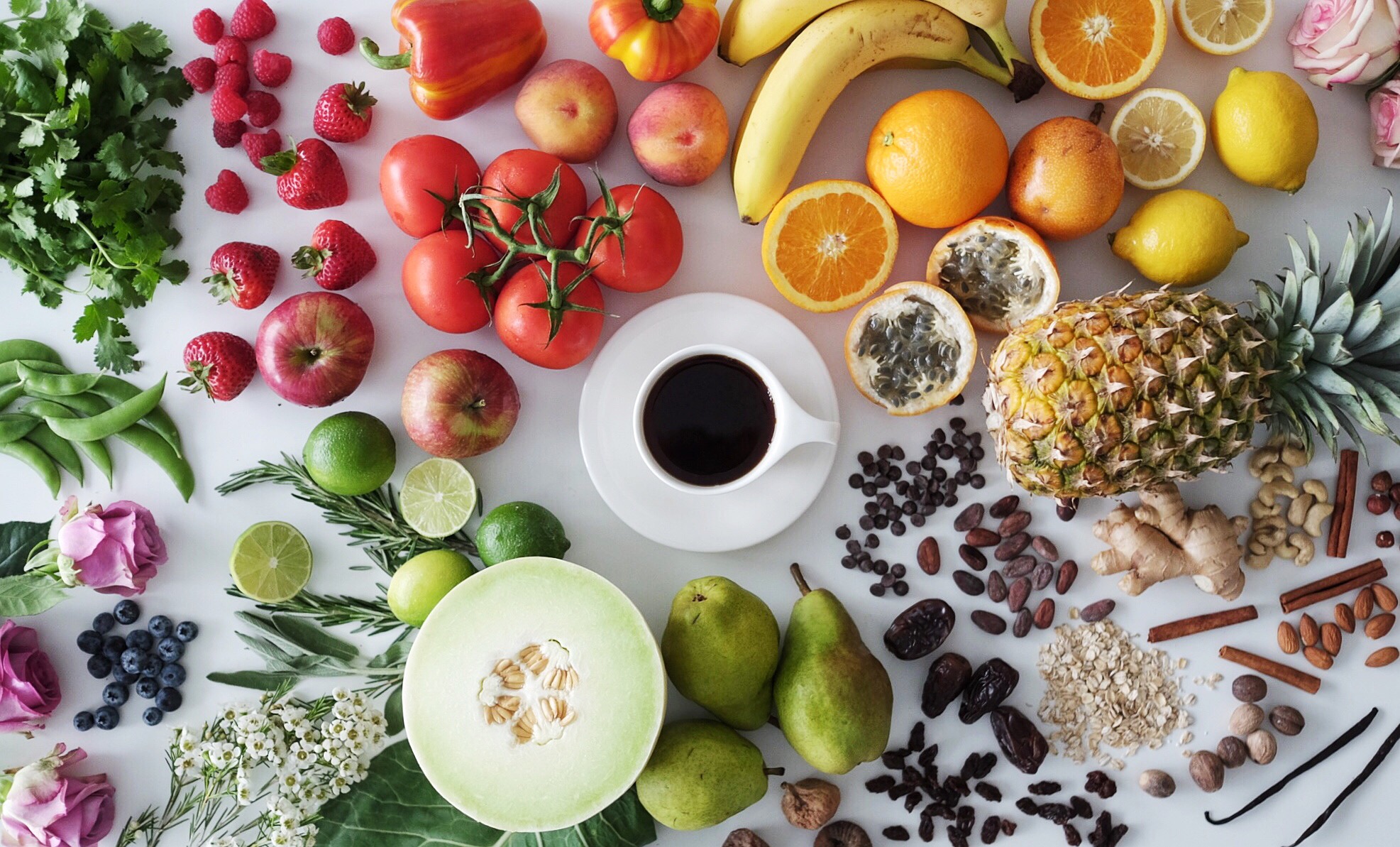Introduction to the sun treatment of Yemeni coffee is the supply of beans in the Yemeni coffee season decreasing?

Professional coffee knowledge exchange more coffee bean information please follow the coffee workshop (Wechat official account cafe_style)
Yemeni coffee season: October-December every year
Ancient method of sun treatment:
Yemeni coffee is a classic of the ancient early taste of the sun, and it is also the only producer of full-time coffee in the world. the traditional treatment of dripping water is illegal, and it has not changed since Europe became infatuated with game mocha in the 17th century. This is related to the extremely dry climate in Shumen, where coffee is mainly grown in the central highlands, with an average annual rainfall of only 400 Mel 750 mm, far less than the best rainfall of 1500 Mel 2000 mm in Arabica. Due to the lack of water environment, farmers have been unable to introduce more advanced washing methods, wild flavor is better than Hara coffee, so Yemen has become the best choice to experience the ancient early taste.
Up to now, a small number of coffee farmers still use animals (such as camels and donkeys) as the power source of stone grinding. Compared with Central and South American countries that use advanced machinery and equipment to deal with coffee beans in large quantities, and even neighboring Kenya, which has a short history of coffee, the Yemeni mocha is the only living monument in the coffee world.
The Yemeni coffee drunk today is basically not much different from the "Arabian coffee" enjoyed by aristocratic European businessmen hundreds of years ago in the oldest cafe in Europe in the Piazza San Marco in Venice, Italy.
Exquisite sun treatment:
Using organic fertilizer, harvesting the most mature coffee cherries by hand and drying them in the scaffolding, Mokhtar has helped Yemeni farmers set up a whole new planting system. Moreover, he organizes farmers into cooperatives, which must be attended by 50% of women, and when farmers use new planting methods, they can get a subsidy of 3% higher than the market price. At the same time, in order to protect everyone from usury, he provided interest-free loans to farmers, who repaid the loans with coffee cherries.
The world drinks 2 billion cups of coffee every day, but as a result of climate change, the world's land suitable for growing coffee beans will be halved, and the livelihoods of the 20 million poorest people who depend on the coffee economy will also be affected, according to a report.
The report was released by the Climate Agency (The Climate Institute) commissioned by the Fair Trade Joint Organization of Australia and New Zealand. Earlier, coffee giants including Starbucks and Lavazza have issued stern warnings that environmental change is posing serious risks to the industry as a whole.
The first thing that affects coffee production is the high temperature. 2.4 million people in Tanzania depend on the coffee industry, and every 1 ℃ increase in temperature reduces coffee bean production by 137kg per hectare. Coffee bean production there has fallen by 50% since the 1960s.
The second is drought and insect pests caused by insufficient precipitation. In 2012, coffee beans in Central America were halved due to leaf rust, and some growers in Guatemala lost 85% of their harvests. The disease caused half a billion U.S. dollars in economic losses to Central America and 350000 people lost their jobs.
As the current situation continues, scientists predict that by 2050, most coffee-growing areas in Nicaragua will disappear; by 2060, coffee production in Tanzania will reach a "very low level"; and by 2080, wild coffee beans, which are important to the diversity of coffee beans, may become extinct.
In the low elevations of Central America, many people have abandoned coffee beans and switched to rubber. The decrease in the supply of coffee beans is bound to lead to a rise in the price of coffee, which will become an almost luxury commodity in a few years' time.
In order to meet the demand for coffee, if people go to areas suitable for coffee beans to cut down vegetation and open up new planting areas, it will lead to the destruction of ecological diversity.
Some people hope to improve planting techniques to maintain the production of coffee beans, while others hope to develop seed selection techniques to make up for the regret that some coffee varieties are on the verge of extinction. However, it is not clear whether these efforts will succeed. "We rarely talk about climate change," says one coffee farmer. "We know it exists, but there's nothing we can do about it."
Important Notice :
前街咖啡 FrontStreet Coffee has moved to new addredd:
FrontStreet Coffee Address: 315,Donghua East Road,GuangZhou
Tel:020 38364473
- Prev

Introduction of Rose Xia Village (Geisha Village) Manor Sun Sun Geisha Flavor description of Rose Xia Village in Ethiopia
Professional coffee knowledge exchange more coffee bean information please follow the coffee workshop (Wechat official account cafe_style) Rose Summer Coffee description [coffee blossom, peach, lemon black tea tail rhyme] Columbia Hope Manor Geisha | washed beans (Washed Geisha La Esperanza Colombia) producing area / Manor: Valle de Cauca/ Hope Manor (La Esperanza)
- Next

The scent of flowers? Sour fruit? Bitter and sour? What exactly is the "flavor" of coffee that baristas often say?
Professional coffee knowledge exchange more coffee bean information Please follow the coffee workshop (Wechat official account cafe_style) often hear, see the barista said: my coffee is very sweet, the acid value is very bright, what does it mean to adjust the bitterness of coffee blending? How do these great baristas tell where the smell comes from? What coffee brewing techniques are used to adjust the flavor of coffee? Very
Related
- How did the Salvadoran coffee industry develop in Central America?
- What exactly does the golden cup extraction of coffee mean?
- The Origin of Coffee flower
- [2023 Starbucks World Earth Day] there are more meaningful things besides free Starbucks coffee!
- What kind of coffee is there in Spain? 9 Flavors of Spanish Coffee
- Aromatic African coffee| Kenya's coffee culture and historical production area
- Liberica Coffee Bean knowledge: the characteristics of Liberian Coffee beans of the three original species of Coffee beans
- The origin and formula of Spanish latte introduces the taste characteristics of Bombon coffee in Valencia, Spain.
- How to adjust the solution of over-extracted coffee
- What is the tasting period of coffee beans? What is the period of coffee and beans? How should coffee wake up and raise beans?

